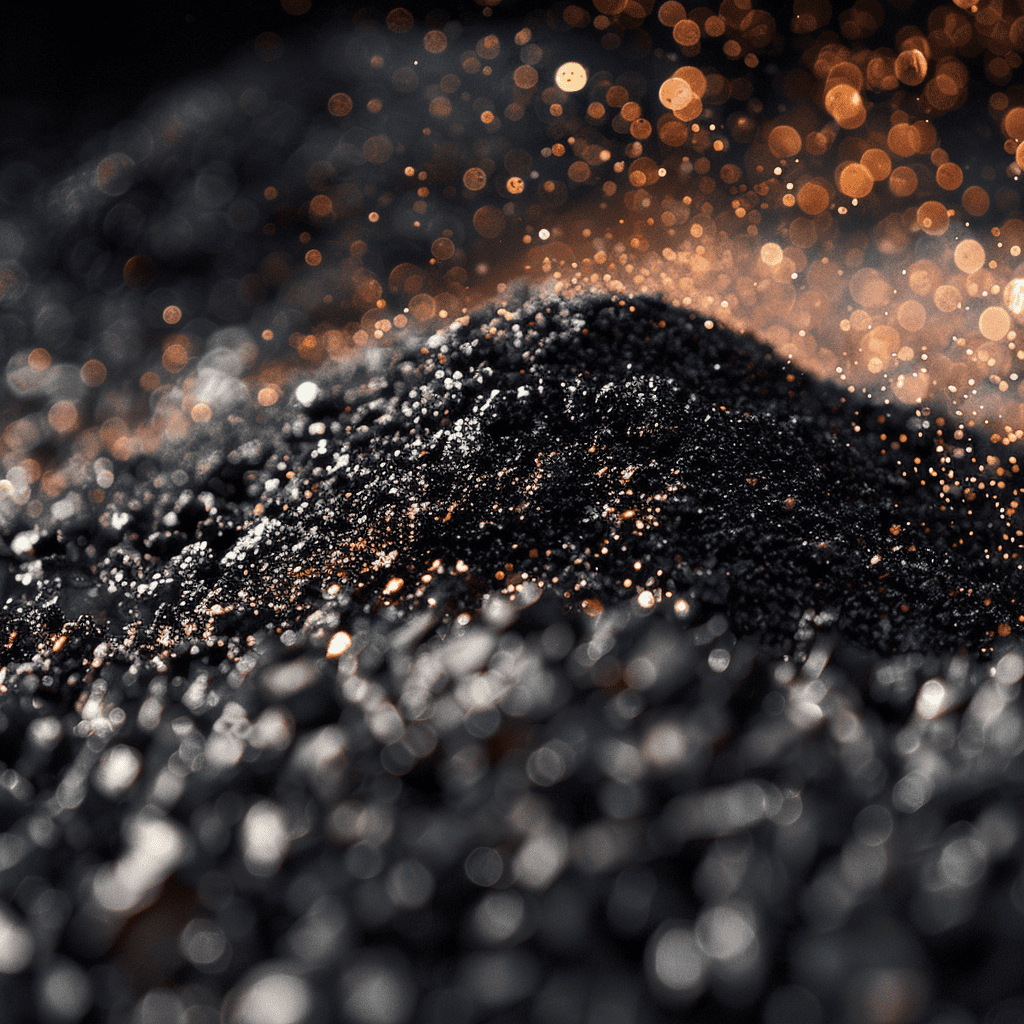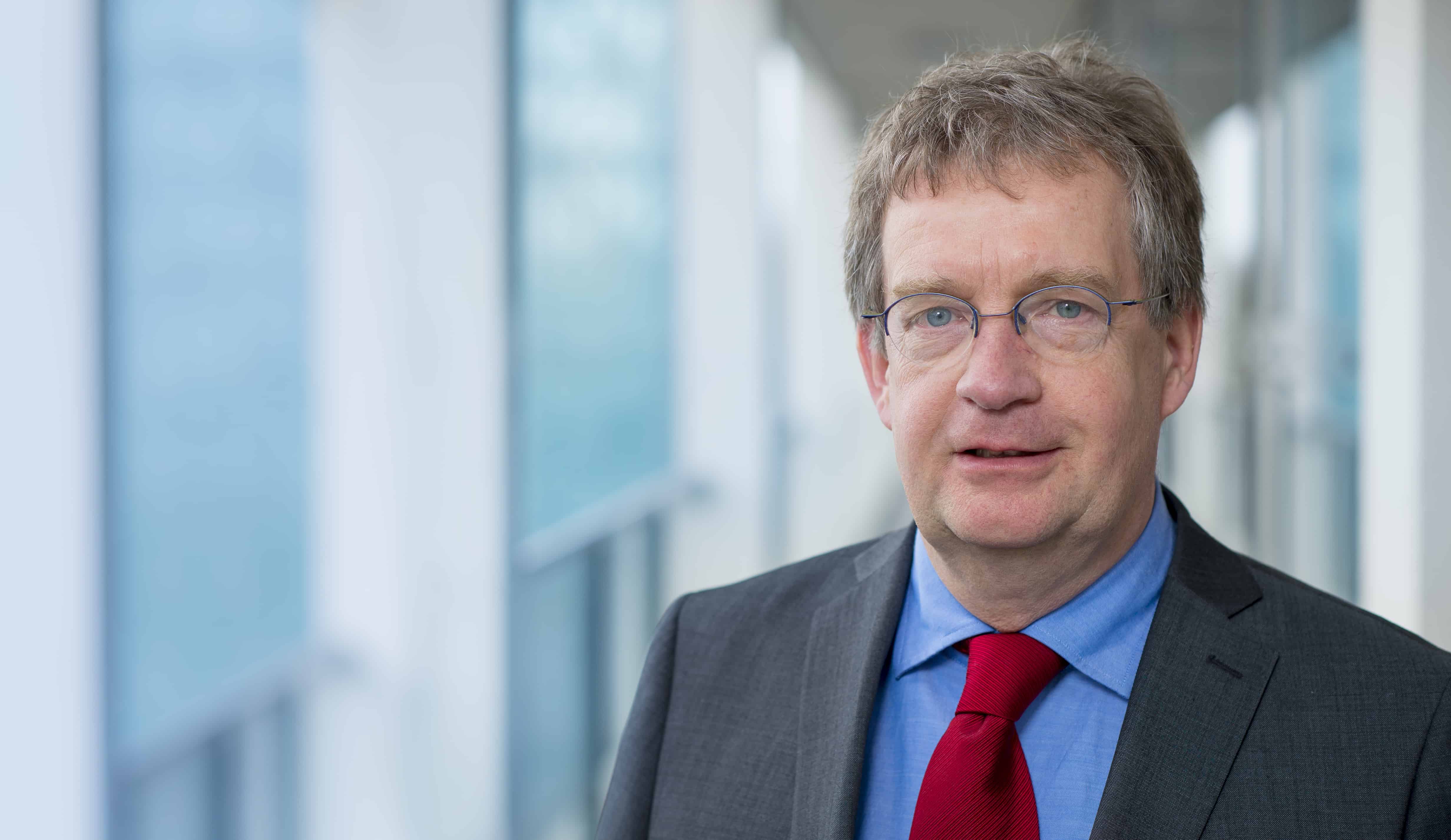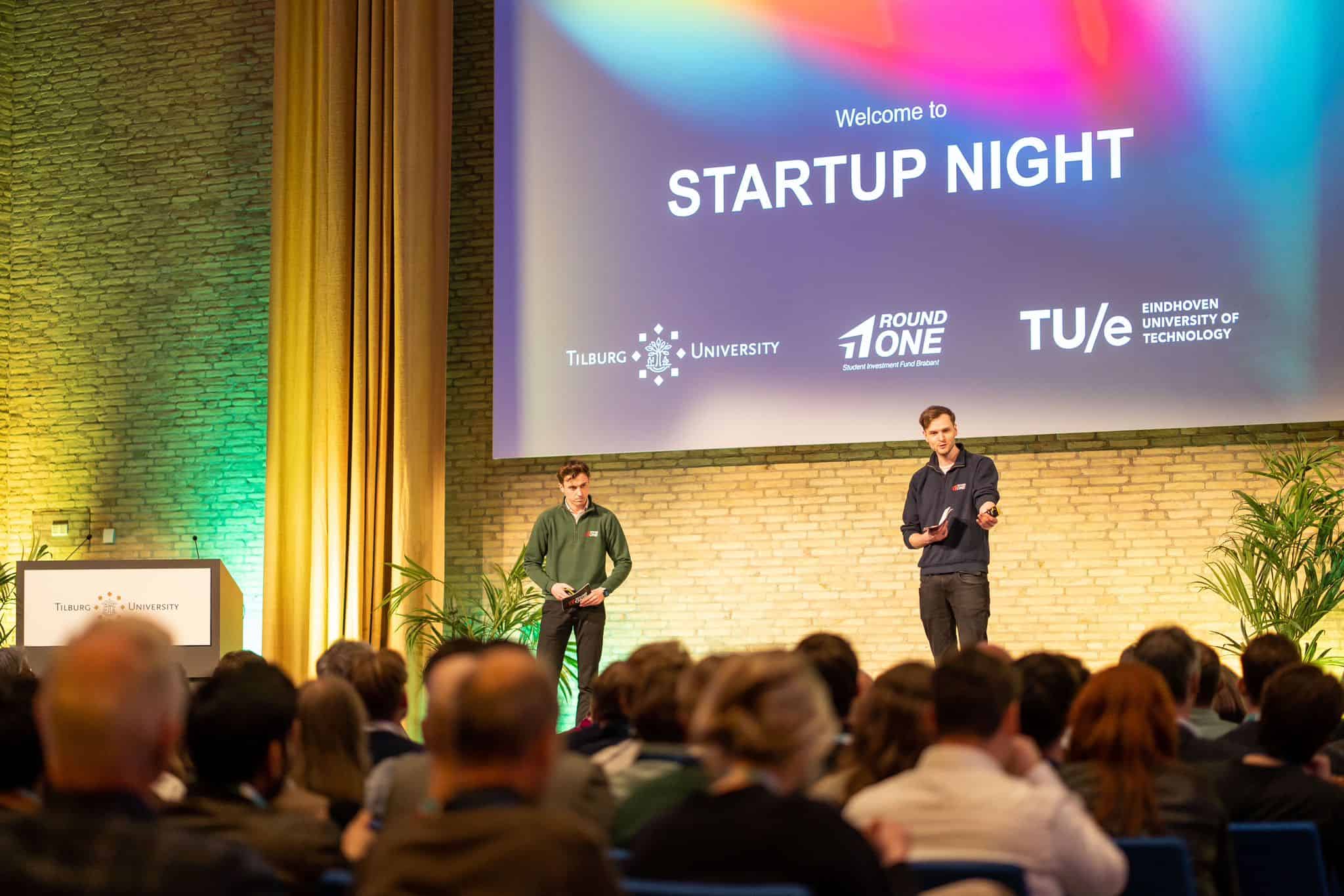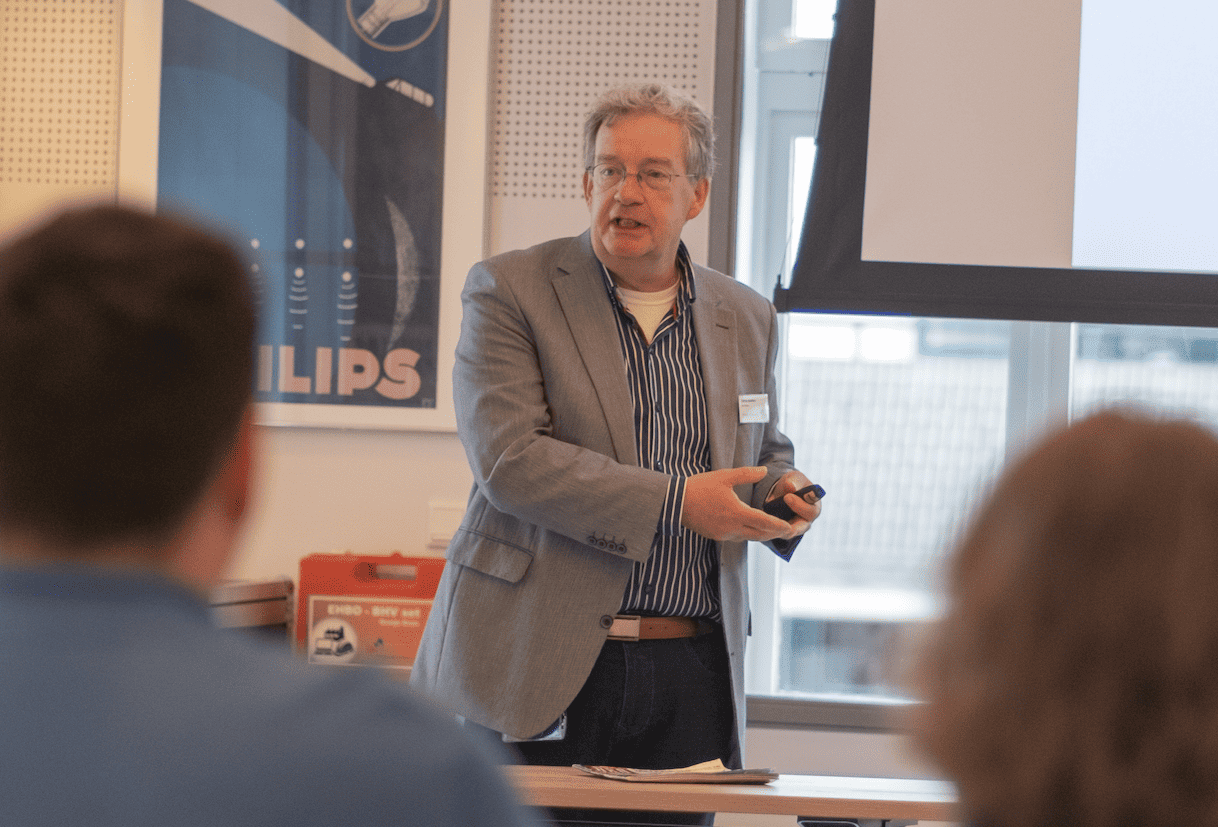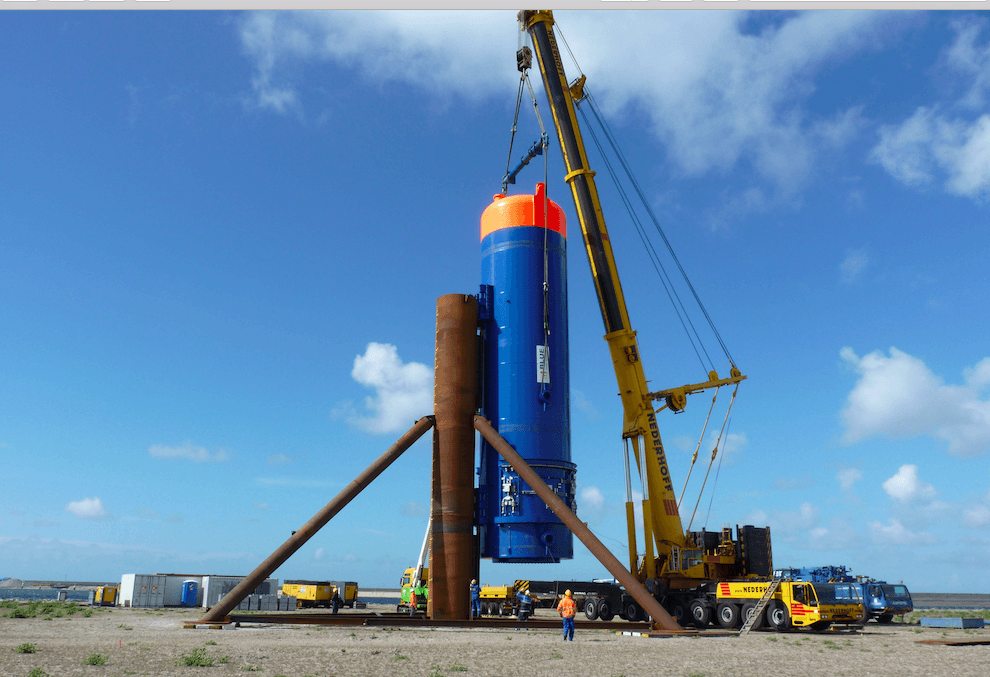
You can see the Maasvlakte 2 as soon as you’re within six kilometres of it. The twenty-metre-tall piling machine can drive piles almost silently. Jasper Winkes started Fistuca BV in the middle of the crisis and, since 2011, the company has focused on the development of a new offshore pile-driving technology.
Driving piles offshore with less impact on sea life. How? With water! (According to the e52 jury)
You drive piles offshore with … water?
“Yes, and it’s very different to the current way of working. Piles are usually driven with a steel ram and a huge blow drives the pole a little bit deeper into the ground each time. At Fistuca, we’ve developed a technology that allows us to drive the piles with seawater instead of a steel ram. We set up a machine with a water column on a pile, and at the bottom of that column is a gas mixture. The combustion of the gas mixture causes the water column to be forced upwards and, at the same time, the pile is pushed downwards. The water column then falls back down again and delivers a second blow to the pole, which is driven further into the seabed.”
What’s the advantage of driving piles with water?
“The first advantage is that it makes very little noise, which saves a lot of costs. Offshore construction companies must now take extra measures to keep the noise down to an acceptable level during the driving process, so as not to disturb the sea life. This can involve the use of special underwater screens. There’s now an agreement in the Netherlands to reduce the amount of noise to which sea life is subjected, which prevents driving for the first six months of the year. So the offshore driving time is limited. And costly. We know that some German companies have spent between 15 and 36 million Euros on noise reduction measures when building offshore wind parks.
A second advantage is that the blow to the water column on the pole is less damaging, so there is less fatigue, ensuring that the pole lasts longer.
Finally, we’re able to drive piles that are largely already assembled, so there’s less work to be done at sea. Today companies often have to attach all kinds of components onto the pole once it’s already been driven offshore.”
What’s been the highlight until now?
“A recent highlight was landing Huisman Equipment as an investor, which means we have what we need to be able to go into the market. Prior to that, we had already received an innovation grant from RVO (Rijksdienst voor Ondernemend Nederland, or Netherlands Enterprise Agency). The combination of the two sources of funding will allow us to continue our development and to enter the market.”
What’s been the biggest lesson you’ve learned so far?
“That finding investors is an intensive process. I think we’ve been lucky that everything’s gone so smoothly.

Of course, we think we’re working on a really great technology, and the best part is that many people think so too. We’re getting help from experts who are enthusiastic about our product and could introduce us to interested parties.”
What’s your connection to Eindhoven?
“Eindhoven is where it all began. I founded Fistuca while I was studying at TU/e under the Professor of Combustion Technology, Philip de Goey. The department has always been very helpful and, in the end, we set up in different places on the campus. But the parties with whom we’re currently collaborating are based in the Randstad. Not as crazy as being based in the ‘offshore world’, but now that Huisman is on board as an investor, the headquarters will move to Delft. We will still keep our office here on a temporary basis though.”
What’s next?
“We started out with a test column that was 5 metres tall and 16 centimetres in diameter. Now we’ve scaled up to a column measuring 20 metres in height and 5 metres in diameter. We’re now testing that machine on the Maasvlakte 2, so we keep taking it a step further. I go about twice a week to the test site. A mere 350 tons of water is sent up our machine, which creates an impressive effect.
At the moment, we’re concentrating on how all of the components react and checking where the limits of our technology lie. We’re hoping to do the first test on the market within one to two years. There is interest from around the world, but most of the demand comes from Europe, which is where our focus will be over the coming period.”
This is the sixth profile of an Eindhoven start-up from this year’s Top 10 Start-ups to Watch. Read all of the profiles so far:





